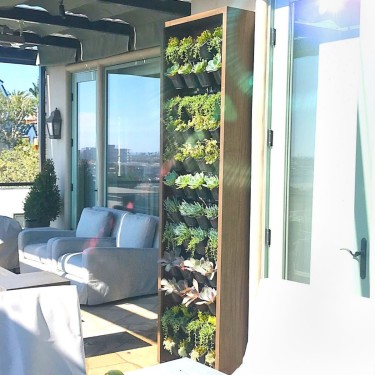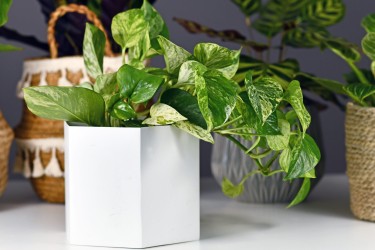Whether you have shade or sun, want a deep-green carpet or a fluffy mini forest, here's how to choose what types of moss to grow in your yard.
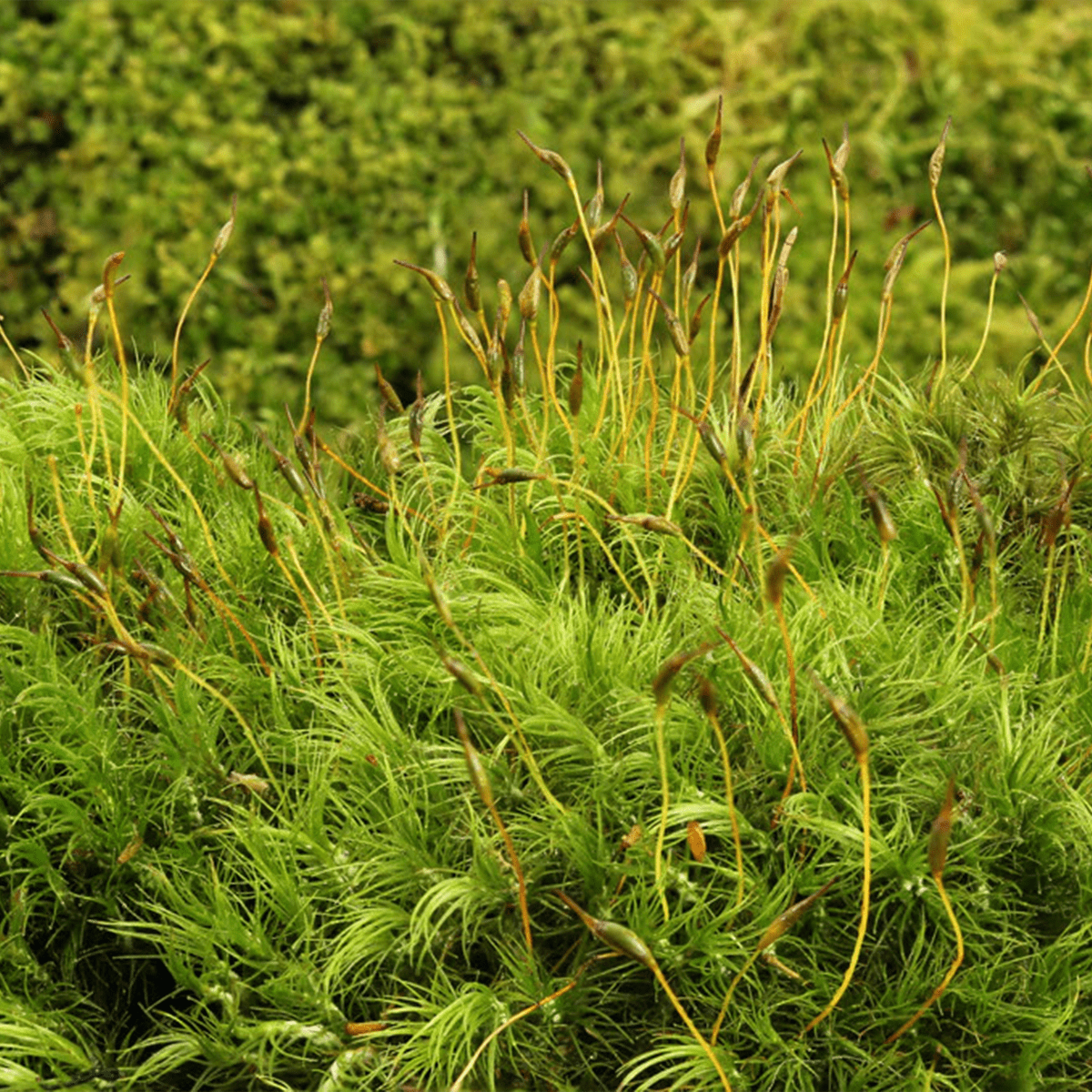
What Is Moss?
From lush forests to rocky deserts, moss lives on every continent and in nearly every ecosystem where photosynthesis is possible. This ancient ecosystem builder is all around us, discreetly stabilizing soils, adding humidity and helping other plants thrive. It also enhances our own back yards.
“Moss is becoming more popular than ever as a green lawn alternative,” says Kathy Jentz, co-author of The Urban Garden: 101 Ways to Grow Food and Beauty in the City. “It can be a good ground-cover plant or turfgrass substitute, especially in damp, shady sections of your landscape,” she explains.
Moss is an unusual plant. It doesn’t make flowers and pollen, but rather reproduces using spores. It also doesn’t grow true roots, but instead uses rhizoids, hairlike structures that anchor it to soil, bark and rocks. This allows it to grow in poor soil conditions, and quickly adapt when replanted into new areas.
Some other benefits of moss in landscaping include that it:
- has a rich texture, which is soft to the touch;
- thrives in both compacted and soggy soils;
- regulates storm water runoff;
- survives light foot traffic;
- doesn’t taste good to deer and other creatures;
- requires no fertilizer, which keeps groundwater cleaner;
- doesn’t need mowing;
- is easy to plant, no hole digging needed (except the species polytrichum);
- can handle very hot to subzero temperatures;
- is easy to repair if damaged by dogs, kids or wildlife; and
- is quick and easy to water.
“Mosses have leaves that are typically only one cell layer thick, so the moment they’re hydrated, they’re wet,” says Annie Martin, aka “Mossin’ Annie,” author, owner and moss expert at Mountain Moss. “That means your supplemental watering can be brief, only one to three minutes at a time.”
What moss isn’t
Some “moss” products are not actually moss. Irish and Scotch moss are vascular plants, which have roots and flowers. “Another faker is Spanish moss,” says Martin. “And then we have reindeer moss, which is a lichen.” Lichen isn’t actually a plant, but rather a complex organism made up of fungus, algae and/or cyanobacteria.
How to Pick Types of Moss for Your Landscape
Worldwide there are more than 10,000 species of moss, although a much smaller handful is found in home landscaping. While it’s tempting to seek out mosses solely based on their beauty and color nuances, it’s important to first plan which ones will thrive in your yard. Considerations include:
- Sun exposure: Moss species have various tolerances to sun and shade. When assessing the exposure of your location, consider all parts of the day and all phases of foliage, says Martin. Don’t just plan for summer, because mosses grow year-round.
- Water tolerance: Some mosses are ideal for planting in water features, while others do better in a less-damp areas.
- Cold tolerance: All moss species are immune to the negative effects of cold weather, so they can be planted in any USDA plant hardiness zone.
- Growth direction: Some mosses grow horizontally (called pleurocarps) and are good for expansive growth. Other mosses grow vertically (called acrocarps) and add depth and dimension to a landscape.
- Leaf litter and canopy: Mosses don’t thrive when covered by debris. If you’re putting moss under a deciduous tree, plan on blowing the fallen tree leaves off of the moss before winter, or else they will smother the moss, making it unable to photosynthesize.
- Supplemental watering: To keep mosses healthy, you’ll likely need to water them. They don’t need long watering sessions, but they usually do need to be watered briefly several times a day depending on factors like shade, heat, humidity and rainfall. Martin recommends an automated sprinkler to make this carefree.
- Color: While mosses provide a range of shades of greens throughout the year, some species may display golden overtones in reaction to intense sun exposure. Some mosses also display brilliant shades of crimson, bronze and gold when reproductive sporophytes are present.
- Purchasing: Seek out vendors that are clear about their eco-friendly practices and product sourcing. Buy mosses that have been rescued or cultivated in a nursery and avoid wild-harvested mosses, a practice which harms local ecosystems. “Also, when buying mosses, make sure they are live mosses, as some of those from garden centers are not living but intended for interior decoration,” says Jentz.
Local Moss and Rescued Moss
If you’re lucky enough to have mosses on your property already, you can simply encourage them. “That’s number one,” says Martin. “Promote the growth of existing species with supplemental watering and by keeping debris off of them.” You can also transplant them to other areas of your yard, but make sure to keep them in a similar microclimate and sun exposure. You can also rescue moss from logging and construction sites, as well as roofs being replaced. Just don’t harvest mosses from protected parks and forests or other wild areas, as that causes ecological harm and is often illegal.
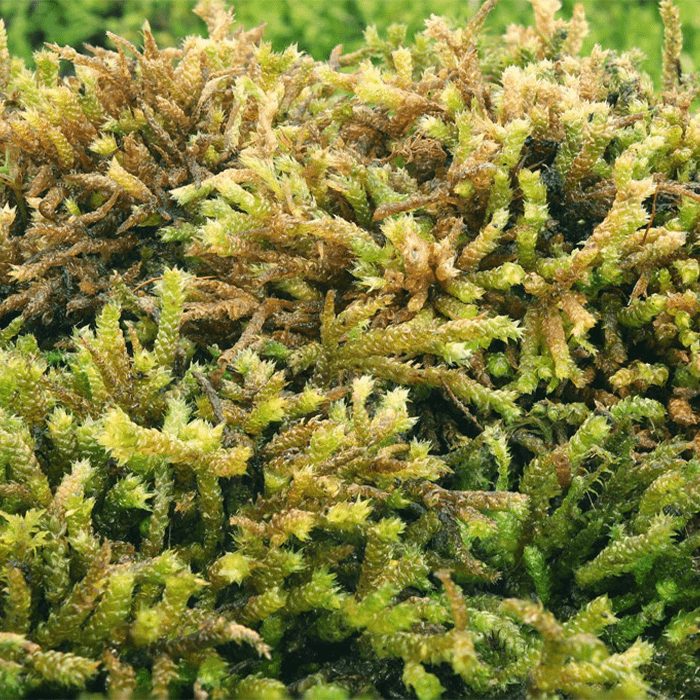
Bryoandersonia Illecebra
AKA worm or spoon moss, this versatile, shiny species looks a bit like shag carpeting and its translucent leaves add to its green color intensity. In sunnier places it will take on golden overtones. It is sun and wind tolerant and especially good for high heat index areas, but also works well in the shade, patios, water features.” $30 for a 10-in. x 20-in. tray.
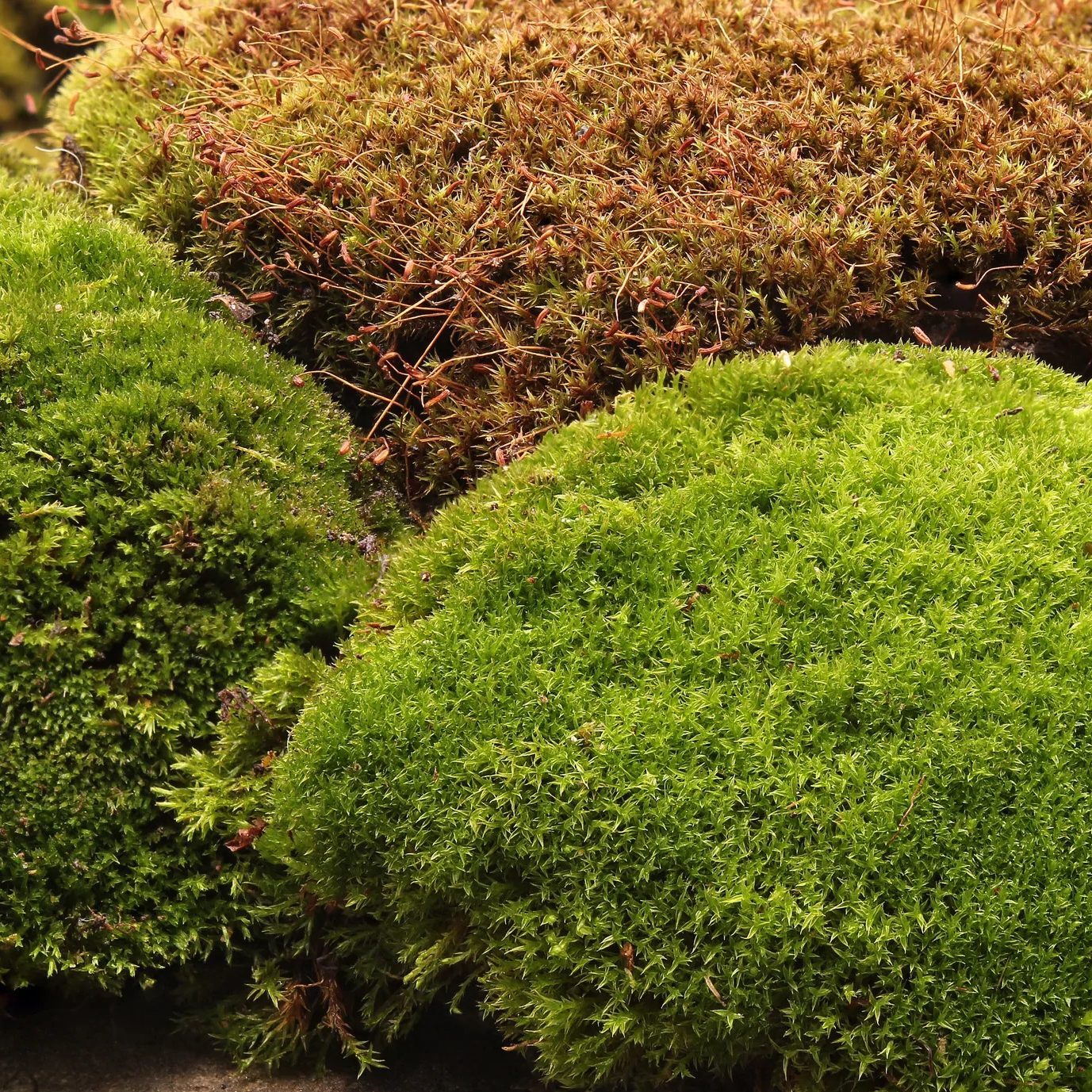
Ceratodon Purpureus
AKA sidewalk moss, this is found in the cracks of sidewalks all around the world, Ceratodon is a small mound species that offers a velvety green texture. As a bonus, it’s sun-tolerant. This moss is an excellent choice for rock gardens, walls and patios. $35 for a 10-in. x 20-in. tray.
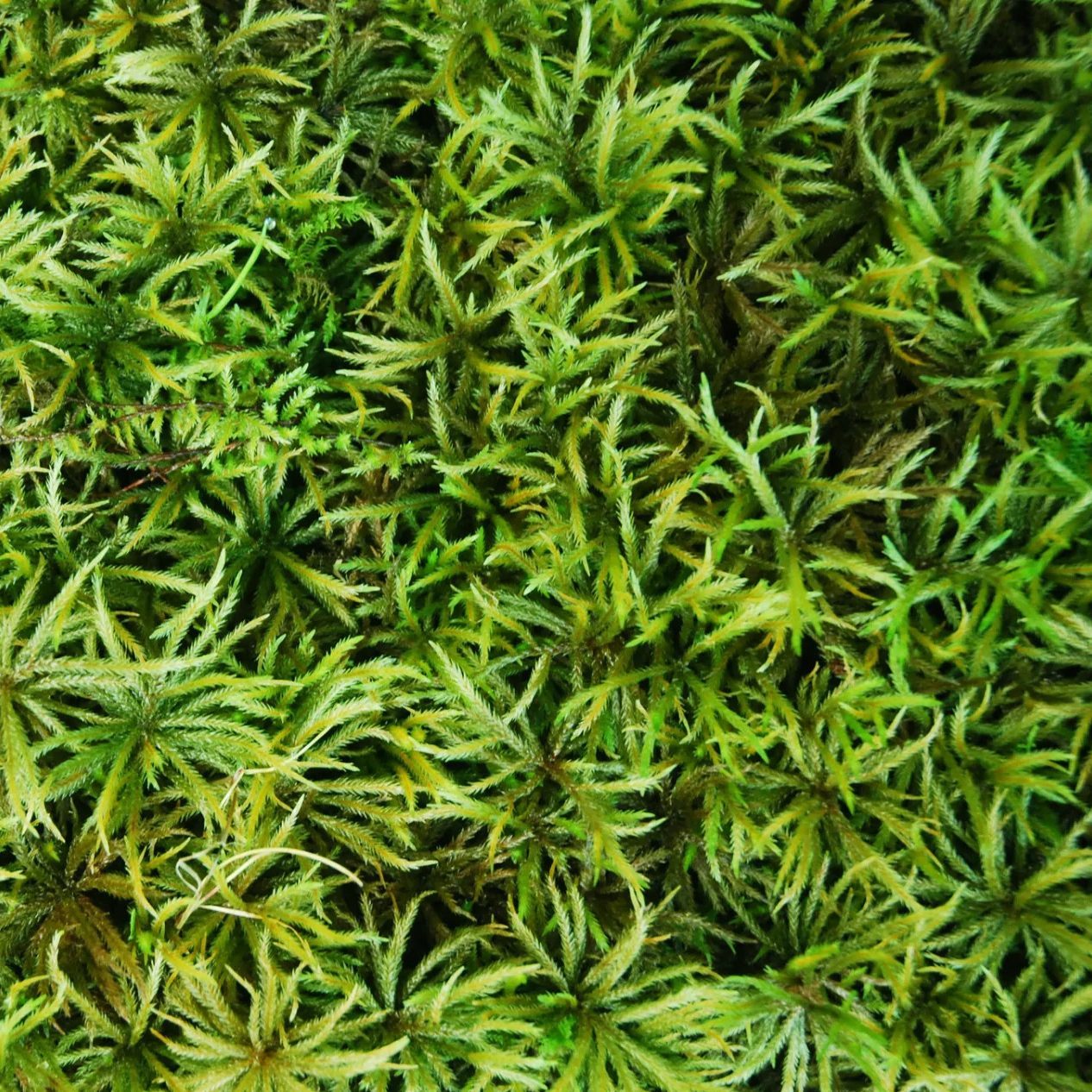
Climacium Americanum
“My favorite one, it’s quite massive,” says Martin. This upright grower, AKA tree moss, is lush and versatile, with colonies resembling forests of little trees. It’s good for lawns, walls, patios and especially where water tends to pool. Its tall mounds are great for water filtration and storm-water runoff. New growth is deep green, while older colonies or those in too much sun will turn yellow-green-brownish. Try it in deep shade to partial sun. $35 for a 10-in. x 20-in. tray.
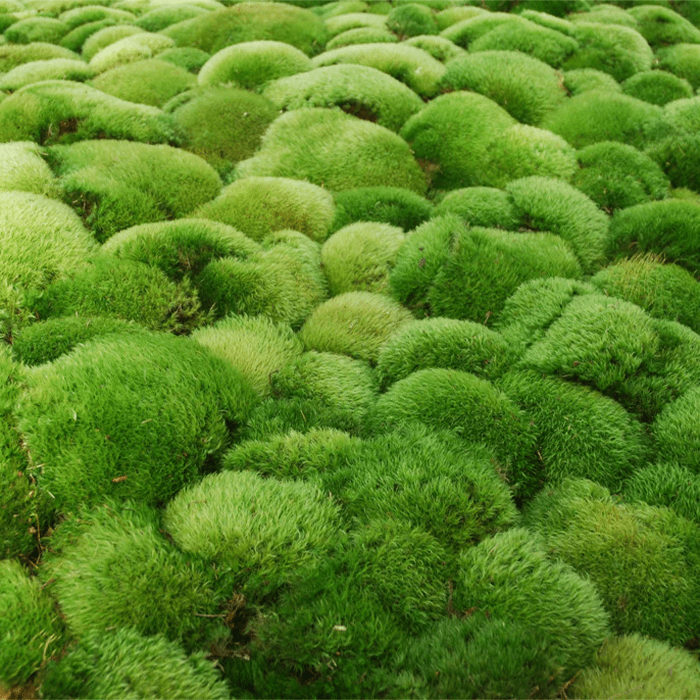
Dicranum Scoparium
AKA mood, broom or windswept moss, Dicranum is sought-after for its deep-green color. It grows in mounds and does well on inferior acidic soils and rock substrates, but not in constant moisture. Under pine trees is a great place for it. Too much sunlight causes it to burn. It also doesn’t attach well, so use it for aesthetic rather than environmental reasons. A similar species, Ditrichum affine (wheat moss) produces an even deeper emerald color. $25 for a 10-in. x 20-in. tray.
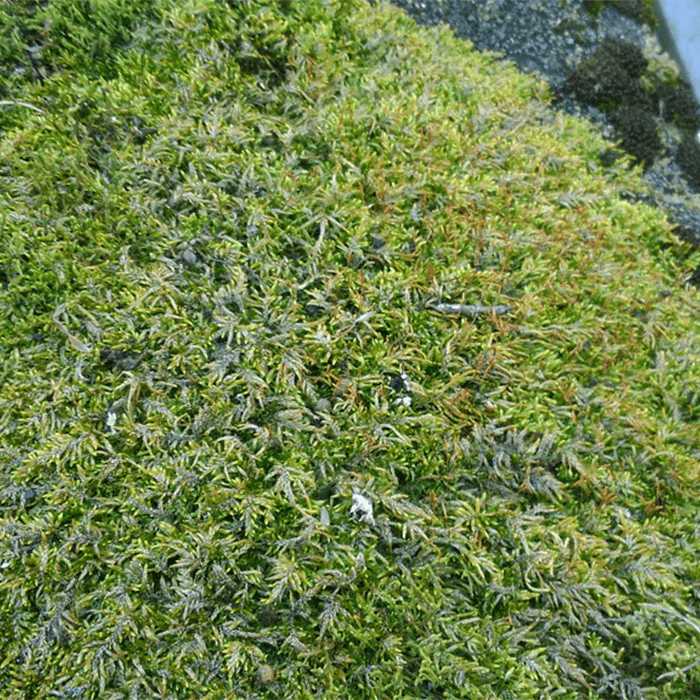
Entodon Seductrix
AKA toothpick or shiny sexy moss, Entodon, another shiny-green versatile moss, grows horizontally in flat colonies. It grows quickly and attaches itself to many surfaces, from acidic soil to concrete. It’s good for anywhere, but especially patios, moss lawns and green roofs. It thrives in sun, but tolerates shade. $35 for a 10-in. x 20-in. tray.
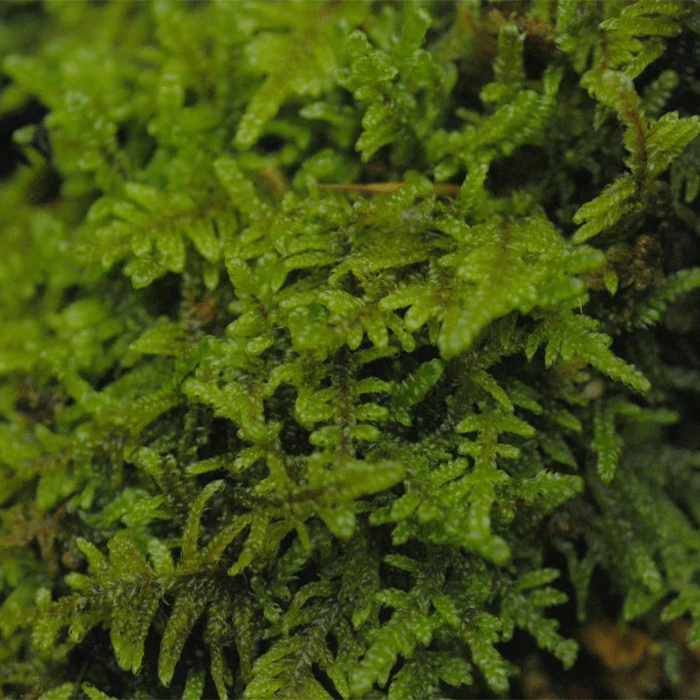
Hypnum Imponens
AKA sheet, brocade, fern, log or carpet moss, this species ranges in color from brilliant to dark or even yellow-green, and is a preferred shade moss species for lawns. They spread out horizontally, but also grow on vertical surfaces. They do well in shade and partial sun. “The more sun they’re exposed to, the more golden the plants become,” says Martin. $20 for a 10-in. x 20-in. tray.
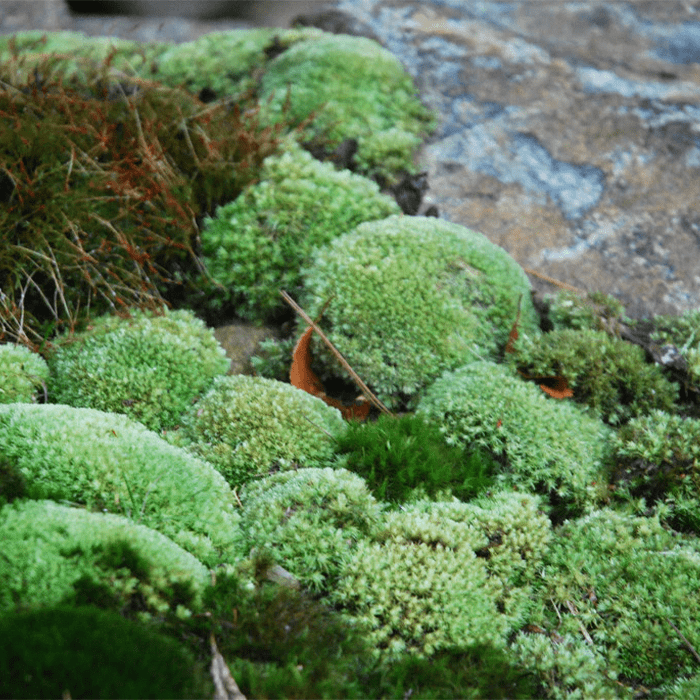
Leucobryum Glaucum
AKA pincushion moss, these are versatile mound-forming mosses with deep- to light-green coloring, depending on their moisture content. They will grow in sun or shade, and on many soils from rich and acidic to barren and sandy. People also like these for terrariums because of their tendency to stay compact. $25 for a 10-in. x 20-in. tray.
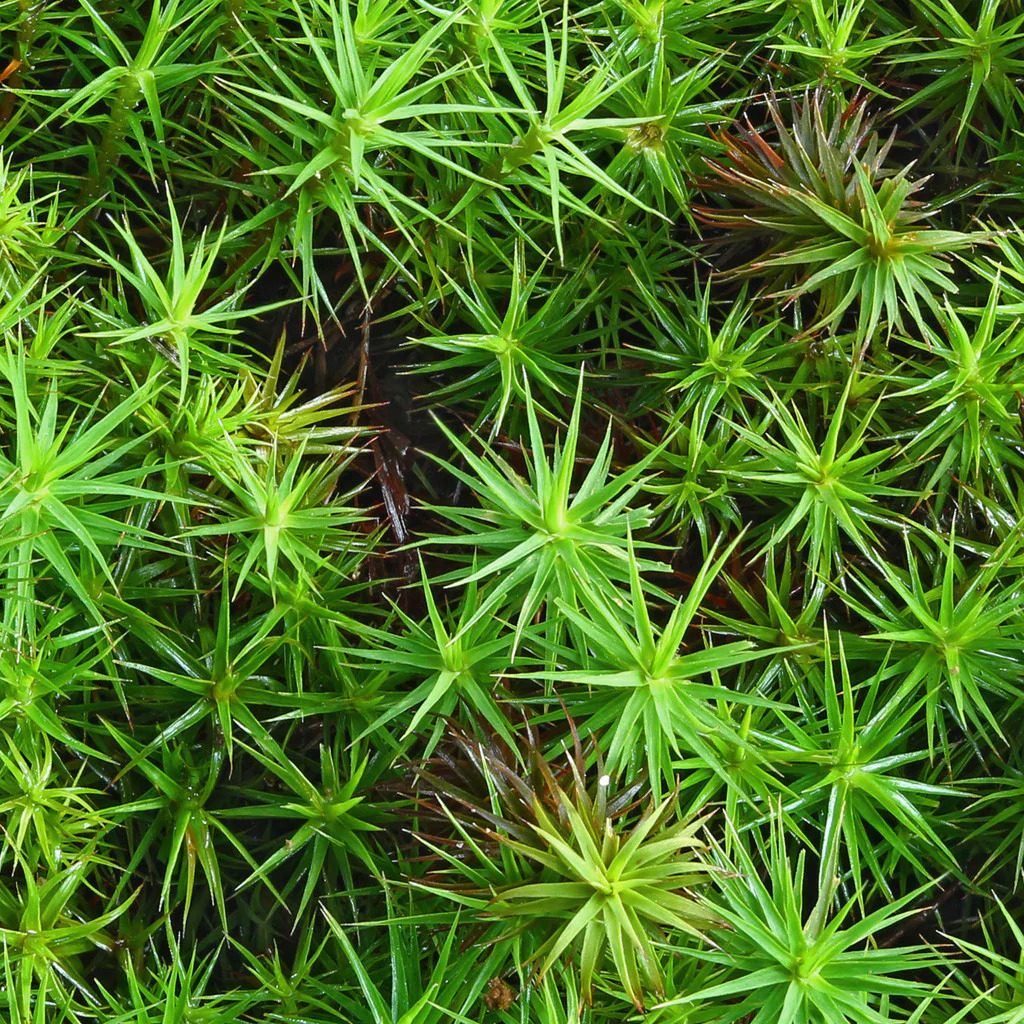
Polytrichum Commune
AKA haircap moss, this is another tall moss. Polytrichum is good for erosion control and tolerates both shade and sun. “But this and any of the above species could be used in a Japanese-style garden as well,” says Martin. “They could also be used in a rock garden or wherever you want to plant them. They also go great with native plants.” $35 for a 10-in. x 20-in. tray.

